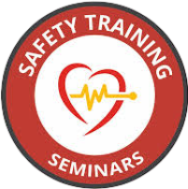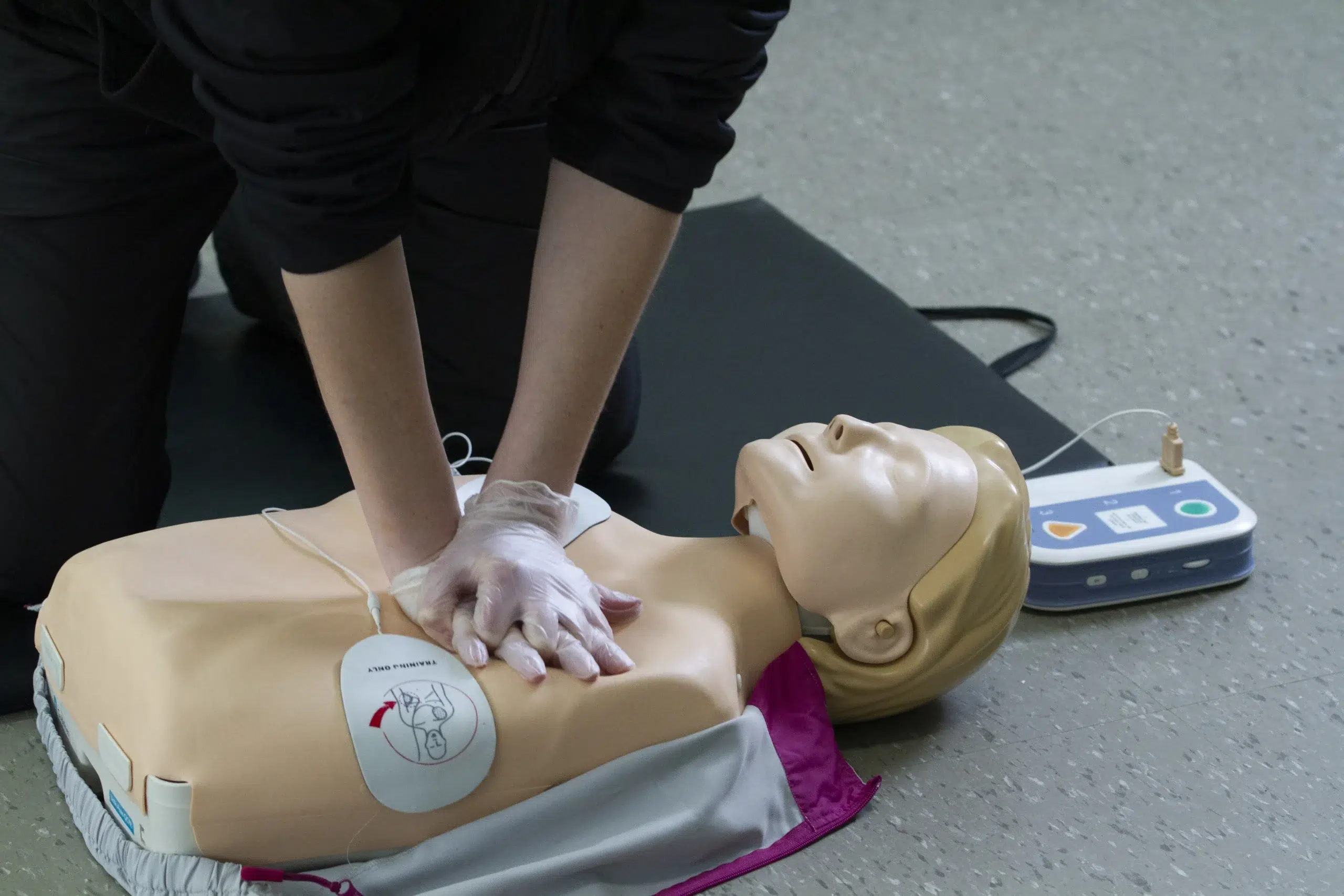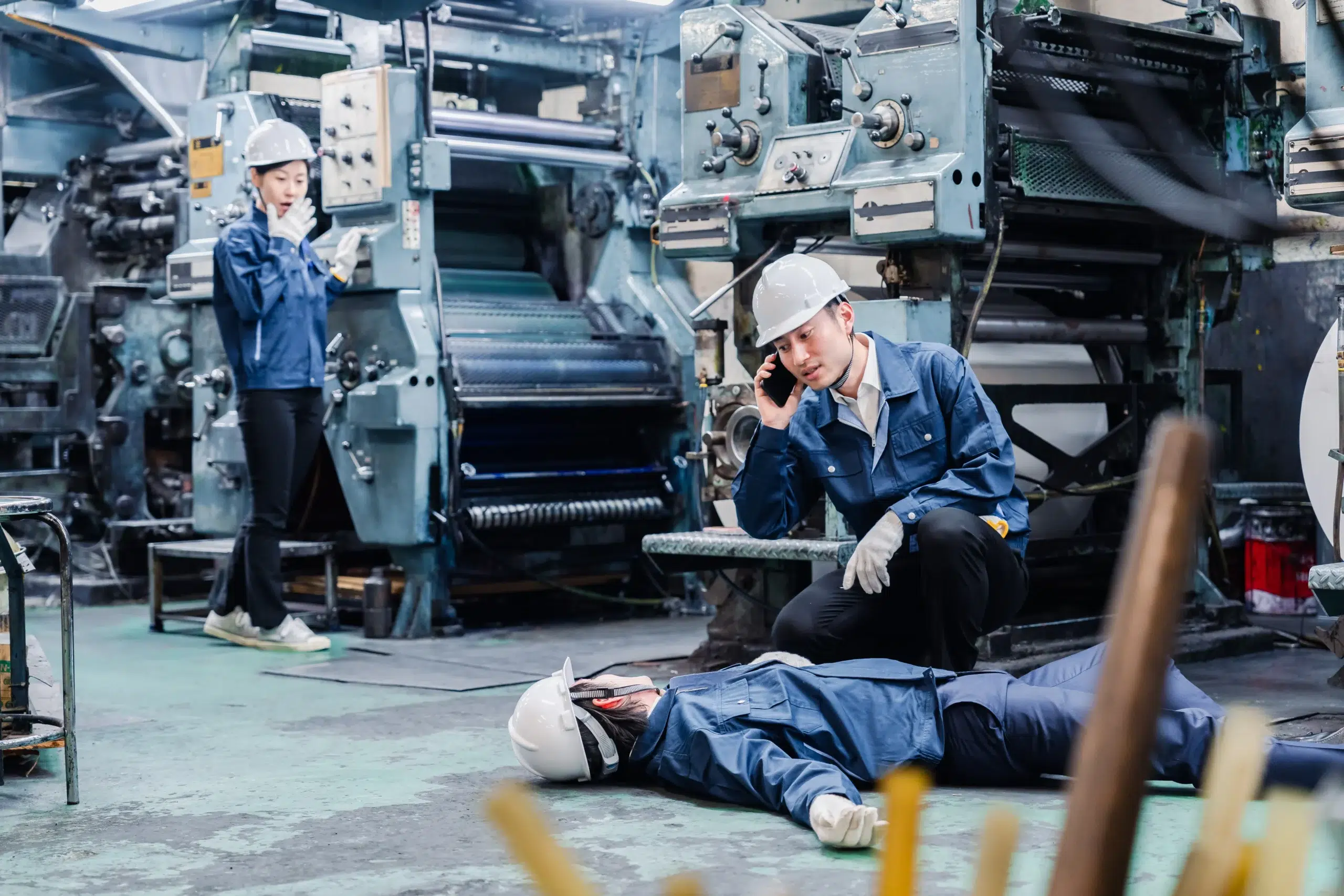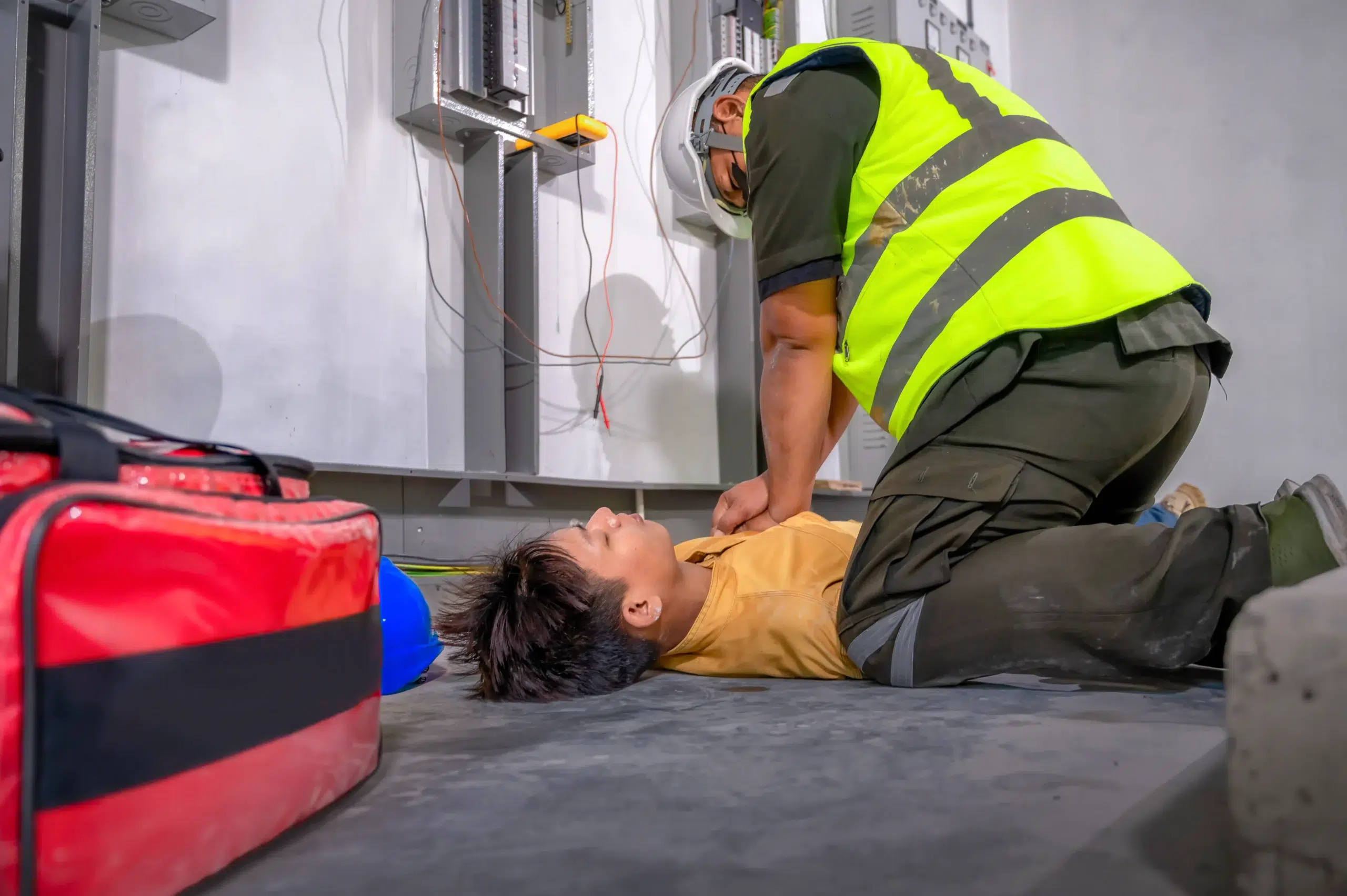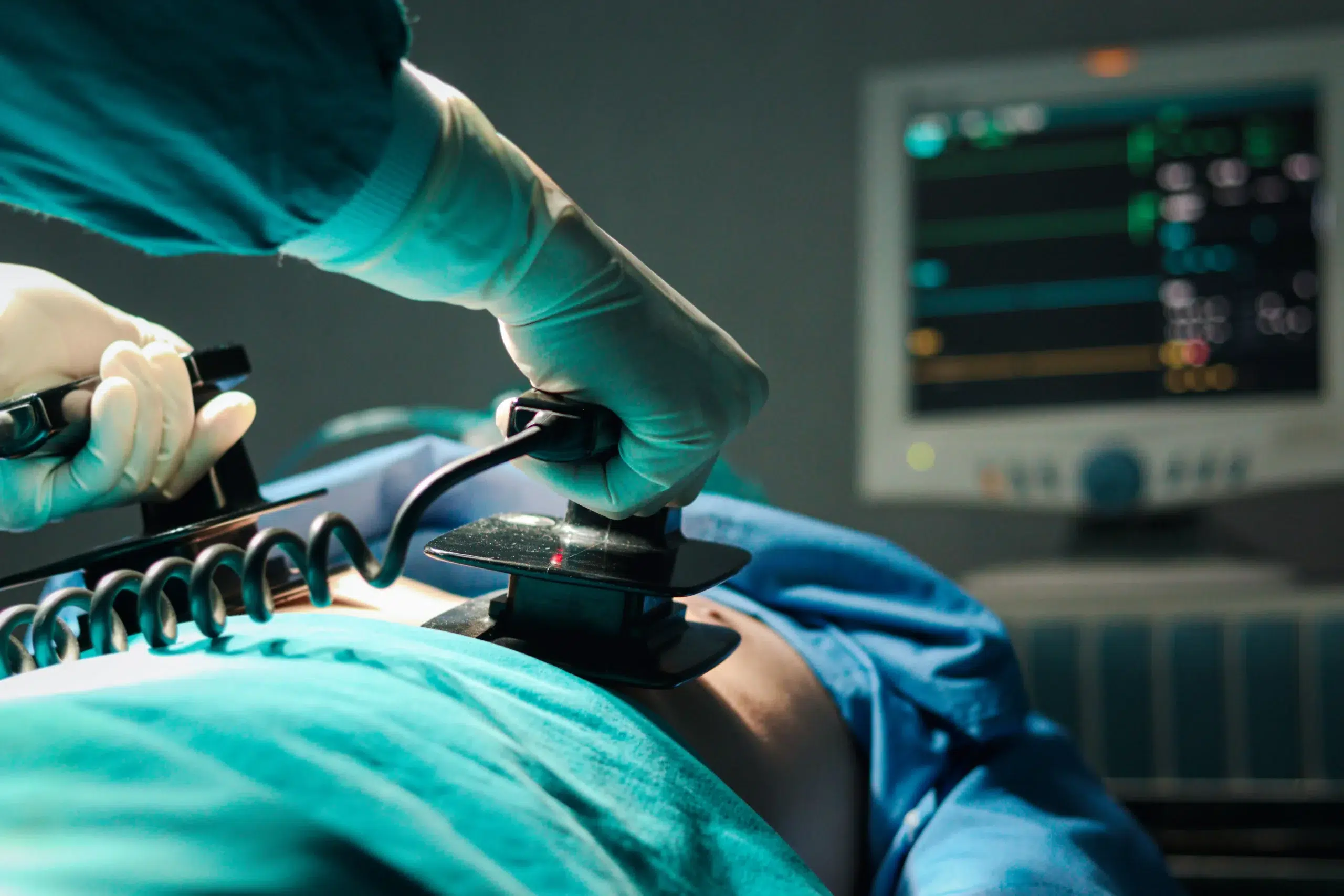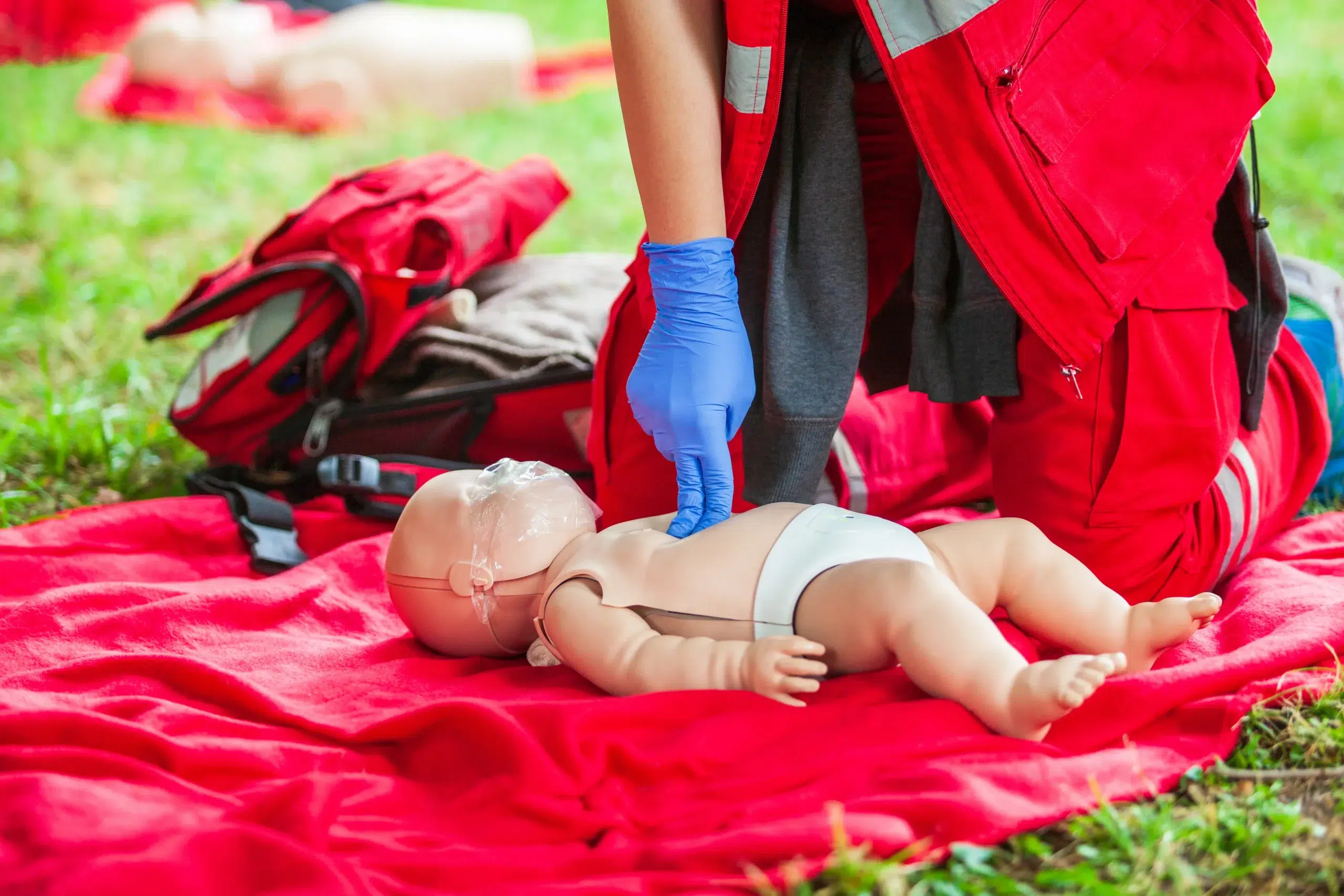Every second counts during an emergency. Cardiopulmonary resuscitation (CPR) stands as a vital life-saving skill. Yet, despite its importance, many myths surround CPR, creating confusion and hesitation. Let’s explore common CPR myths and reveal the truth behind them.
Myth 1: Only Professionals Should Perform CPR
Many believe only trained professionals can perform CPR. This notion is incorrect. Ordinary people can make a difference by administering CPR. Anyone can learn CPR basics in a few hours. In emergencies, starting CPR immediately boosts survival chances. Every minute without CPR reduces survival odds by 10%.
Myth 2: CPR Always Involves Mouth-to-Mouth Breathing
People often associate CPR with mouth-to-mouth resuscitation. However, this is not always necessary. Hands-only CPR is effective and recommended for untrained bystanders. It involves chest compressions only, maintaining blood flow to the brain and heart. Hands-only CPR is easy to learn and remember.
Myth 3: CPR Can Harm the Victim
Some fear performing CPR might hurt the victim. While injuries can occur, the risk is minimal compared to the benefits. Broken ribs are possible but rare. The priority is preserving life. Proper technique reduces injury risk significantly. Remember, doing something is better than doing nothing.
Myth 4: CPR Must Be Performed Until Help Arrives
A common misconception is that you must continue CPR until help arrives. Although ideal, it’s not always feasible. If exhaustion sets in, switch with another person if possible. If alone, continue as long as you can safely do so. Any CPR is better than no CPR at all.
Myth 5: You Must Be Certified to Perform CPR
Certification boosts confidence, but it’s not required to perform CPR. Anyone can assist in an emergency without formal training. Understanding basic CPR principles is enough to start. Quick action matters more than certification. Your timely response could save a life.
Myth 6: Children Can’t Learn or Perform CPR
Many think only adults can do CPR. That’s not true. Kids as young as 9 can learn CPR basics. Teaching children CPR empowers them to act in emergencies. Training programs designed for kids make learning accessible and engaging. Encourage children to participate in CPR education.
Myth 7: CPR Won’t Work Without a Defibrillator
Defibrillators enhance survival, but CPR remains crucial without one. CPR sustains blood flow, buying time until a defibrillator is available. Immediate CPR increases the likelihood of a successful defibrillation. Don’t hesitate to begin CPR while waiting for a defibrillator.
Myth 8: Performing CPR on a Stranger May Lead to Legal Trouble
Fear of legal repercussions prevents some from helping. Good Samaritan laws protect those who assist in emergencies. These laws encourage bystanders to provide aid without fear of liability. Knowing you’re protected may give you the confidence to step in and help.
Myth 9: CPR Is the Same for All Ages
CPR techniques vary for different age groups. Infant, child, and adult CPR have distinct methods. Infants require gentle compressions and two fingers. Older children need slightly firmer compressions, while adult CPR uses full hand pressure. Understanding these differences ensures appropriate care.
Myth 10: You Can Harm Someone by Performing CPR Incorrectly
While proper technique matters, doing something is better than doing nothing. Any CPR increases survival chances compared to no assistance. Use available resources, like phone instructions or online videos, to guide you through the process. Your effort matters more than perfection.
Myth 11: CPR Guarantees Revival
Sadly, CPR doesn’t guarantee revival. It significantly improves survival odds but isn’t foolproof. CPR buys time until professional help arrives, increasing the chance of recovery. Knowing CPR’s limitations helps set realistic expectations.
Myth 12: The Heimlich Maneuver Is Part of CPR
The Heimlich maneuver is separate from CPR. It’s used for choking, not cardiac arrest. Understanding when to use each technique is essential. CPR focuses on chest compressions to maintain circulation. Keep these distinctions in mind during emergencies.
Myth 13: CPR Training Is Time-Consuming and Difficult
CPR training is accessible and straightforward. Many programs offer short courses that fit into busy schedules. Online resources and local classes make learning convenient. Practicing CPR increases confidence and readiness to act when needed.
Myth 14: You Can Learn CPR by Watching TV or Movies
TV shows and movies often dramatize CPR, leading to misconceptions. While entertaining, they’re not reliable sources for learning CPR. Seek professional training from certified instructors. Accurate knowledge prepares you for real-life situations.
Conclusion
Understanding the truth about CPR myths empowers you to act decisively in emergencies. Learning CPR is within everyone’s reach, regardless of age or experience. By dispelling these myths, we foster a community ready to respond and save lives.
Explore our recommended resources for further CPR education. Consider signing up for a local CPR course and share your knowledge with friends and family. Together, we can create a safer environment for everyone.
